#imperial
Rare Rides Icons: The History of Imperial, More Than Just a Car (Part VIII)
We continue our Rare Rides Icons series on Imperial today. Starting in 1957, Chrysler’s then-separate luxury arm spent more and more time on bold styling, and less on the hand-built quality for which the company’s first cars in 1955 and 1956 were known.
Rare Rides Icons: The History of Imperial, More Than Just a Car (Part VII)
Today’s installment of the Imperial series is our seventh and coincides with the seventh generation Imperial. Officially it was the second-generation car under the new Imperial marque, an independent arm of Chrysler launched in 1955 to compete with the likes of Lincoln and Cadillac. The move to independence brought with it a resurgence of interest in the brand, as the Exner styled ’55 and ’56 Imperials stood out from the rest of Chrysler’s offerings visually, and in terms of quality and luxury. We pick up in 1957 when it was time for another new Imperial.
Rare Rides Icons: The History of Imperial, More Than Just a Car (Part VI)
Our Rare Rides Icons series on the Chrysler Imperial picks up today at perhaps the most pivotal time in Imperial’s history. As the model’s fifth generation concluded in 1954, Chrysler was also concluding development of its big secret plans for Imperial: A new luxury brand of exclusivity and prestige.
Rare Rides Icons: The History of Imperial, More Than Just a Car (Part V)
Our history of the Imperial series continues today, as Part V coincides with the dawn of the Fifties. Imperial wasn’t in the best place after its long-lived fourth-generation model was parted by the cruel reality of World War II.
But Chrysler was determined to launch the Imperial of the Fifties in a big way, with more body style availability, the return of two wheelbases, and new technology.
Rare Rides Icons: The History of Imperial, More Than Just a Car (Part IV)
After its successful introduction in the Twenties, an Airflow-shaped misstep in the Thirties, and a return to its earlier formula in the latter part of that decade, big changes were in order for the new Imperial of the 1940s.
Rare Rides Icons: The History of Imperial, More Than Just a Car (Part III)
Our series on Imperial continues today, after a strong start in the coachbuilt Twenties turned into a big aerodynamic flop in the Thirties with the Airflow Imperial. The error in judgment was immediately apparent; the Imperial with groundbreaking styling lasted only three model years.
Chrysler was determined to start Imperial over, and in its third generation returned to a much more conservative large luxury car template.
Rare Rides Icons: The History of Imperial, More Than Just a Car (Part II)
Rare Rides Icons continues the history of Imperial today, after Part I left us neatly at what would become an unfortunate aerodynamic turning point. Ready for some Airflow?
Rare Rides Icons: The History of Imperial, More Than Just a Car (Part I)
Today Rare Rides Icons features a special Chrysler that was a car, then a brand, then a car again. Throughout its varied history, Imperial always represented the best of what Chrysler offered. First, we travel back to the Twenties.
Rare Rides: The Superbly Luxurious and Gingerbready 1990 Chrysler Imperial
I’ve been meaning to cover the final Chrysler Imperial for some time now. The only Imperial featured in this series so far is a collection of the early Eighties version, which was a very expensive and complicated pet project failure of Lee Iacocca.
Today’s Imperial is the follow-up model to that boxy rear-drive PLC. Let’s check out the longest and most luxurious K-car variant ever made.
Picture Time: Vintage American Luxury From Keeneland Concours
The other weekend, I traveled down to the rolling green acres of Kentucky for the annual Keeneland Concours event. There was a wide selection of vehicles at the show, and I love taking pictures.
Read on if you’re ready for some vintage American luxury.
QOTD: Which Vehicles Sucked Compared to the Previous Generation?
On Monday, I asked you to tell me about vehicles that improved greatly compared to the prior generation; new models which were instantly and vastly superior to their predecessor.
Today, we’re going to flip it and talk about generational failures. Which vehicles were downgrades compared to the previous generation?
Junkyard Find: 1991 Chrysler Imperial
By 1991, Chrysler was using the K platform as the basis for everything from penny-pinching econoboxes to minivans to the once-majestic Imperial. One thing about the Whorehouse Red Interior Era (approximately 1983 through 1994), though, was that enough red velour and gold-plastic emblems could make even an Iacoccan front-wheel-drive first cousin to the Plymouth Reliant-K into a quasi-credible luxury sedan. Here’s a ’91 Chrysler Imperial that I found in California a couple of weeks ago.
Junkyard Find: 1992 Chrysler Imperial
The most luxurious member of all the extended Chrysler K-Car family had to have been the K-based (actually Y-based, the Y being yet another variety of stretched K chassis) 1990-1993 Imperial. We’ve seen some serious Whorehouse Red interiors in this series— this ’80 Skylark, for example, or this ’83 Pulsar, or this 1993 Dynasty— but no vehicle interior this side of a Acapulco Gold-scented custom van ever came with as much screamin’ red velour as this Imperial.
Junkyard Find: 1963 Imperial Custom
With scrap steel worth so much these days, does a fairly rough ’63 Imperial have any chance of evading The Crusher? Probably not.
Curbside Classic: 1960 Imperial Crown Southampton – The Frankenstein Of Cars
Calling a car from this period a monster is not exactly uncommon or uncalled for. But what if its own daddy called it that? Virgil Exner, the father of the definitive automotive fins created a sensation in 1957 when they appeared on the all-new “ Suddenly it’s 1960” models. With a straight face, Exner then claimed they were rooted in aerodynamics and highly functional. But with the ’57s he painted himself into a corner; there was no where further to go with them except ever greater absurdity, quickly turning them into caricatures of themselves. Even Exner admitted as much: “by 1959, it was obvious that I’d given birth to a Frankenstein”. I credit him for his honesty, if not good taste.





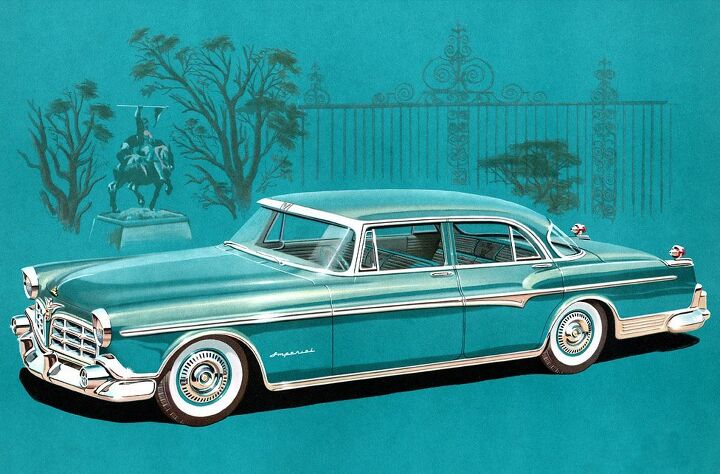


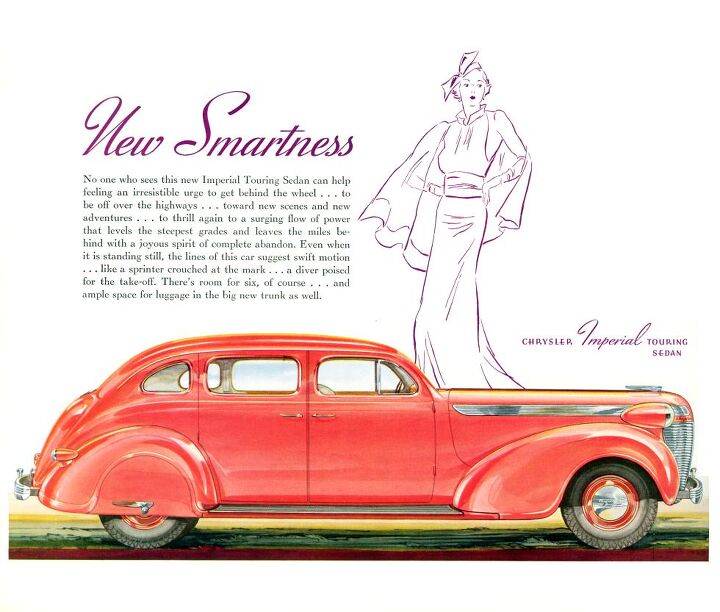
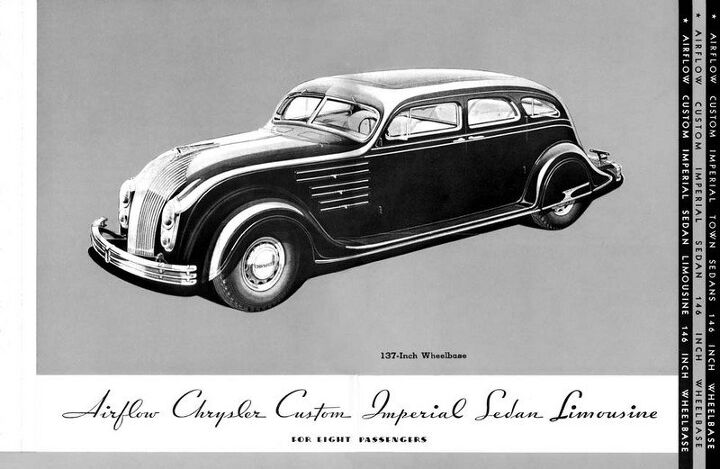

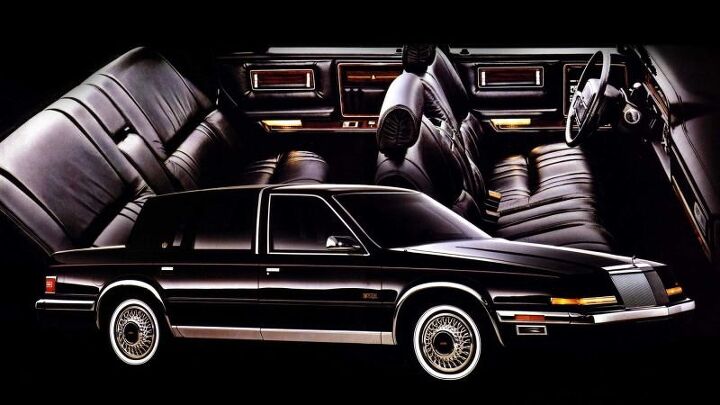


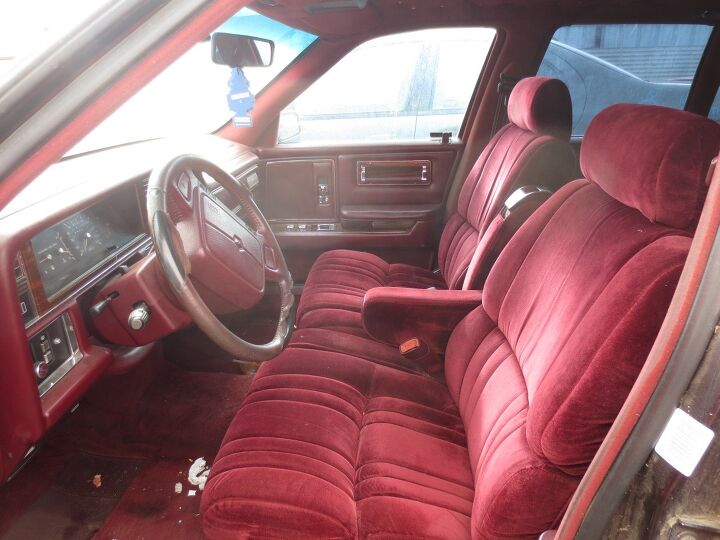
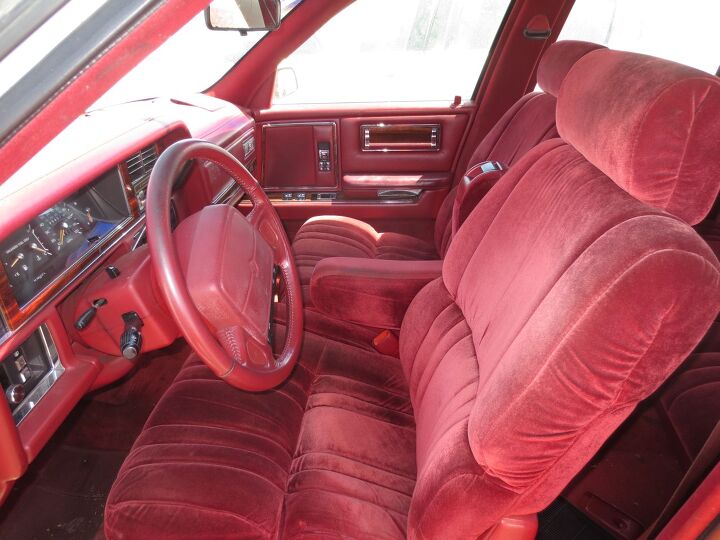














Recent Comments